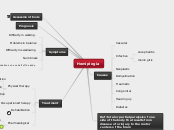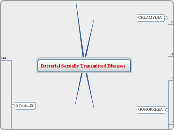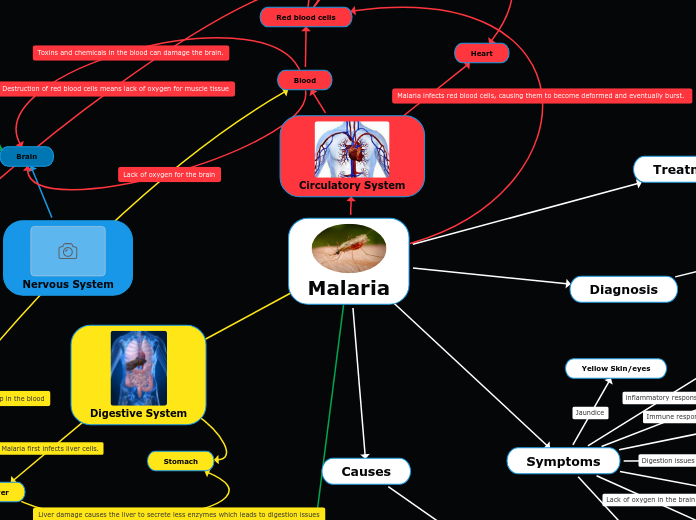par Carly Hill Il y a 11 années
248
Schizophrenia-Comp First Draft
John Forbes Nash Jr., a renowned mathematician born in 1928 in West Virginia, achieved significant academic and professional success, including prestigious awards like the Leroy P. Steele Prize, the John von Neumann Theory Prize, and the Nobel Memorial Prize in Economic Sciences.









